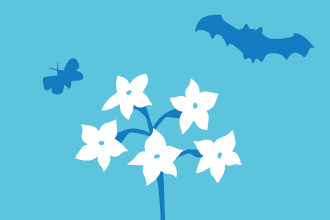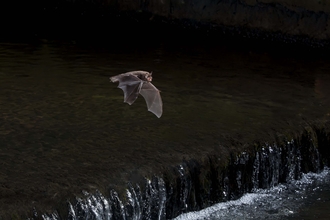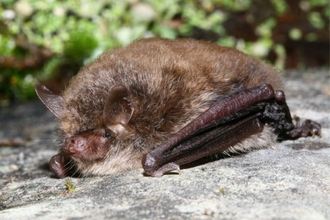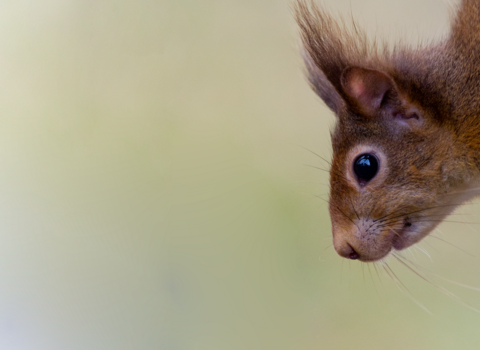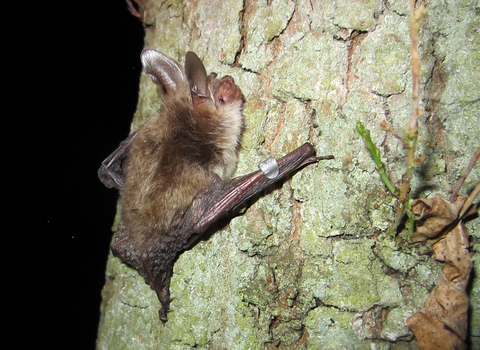
Bechstein's bat ©Susan Makepeace
Bechstein's bat
The Bechstein's bat is a very rare bat that lives in woodland and roosts in old woodpecker holes or tree crevices. Like other bats, the females form 'maternity colonies' to have their pups.
Scientific name
Myotis bechsteiniiWhen to see
April to OctoberSpecies information
Category
Statistics
Length: 4.3-5.3cmWingspan: 25-30cm
Weight: 7-13g
Average lifespan: up to 21 years
Conservation status
Protected in the UK under the Wildlife and Countryside Act, 1981. Priority Species under the UK Post-2010 Biodiversity Framework. European Protected Species under Annex IV of the European Habitats Directive. Listed as Near Threatened on the global IUCN Red List of Threatened Species.

